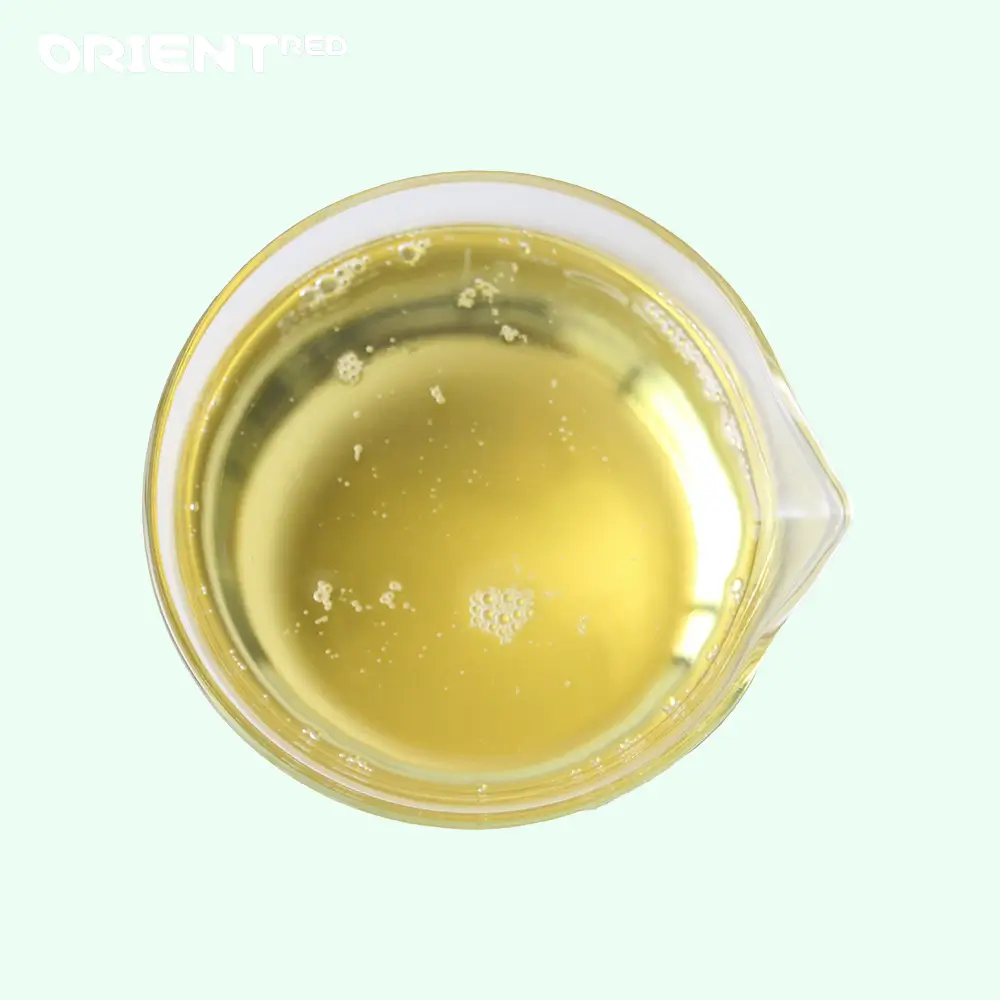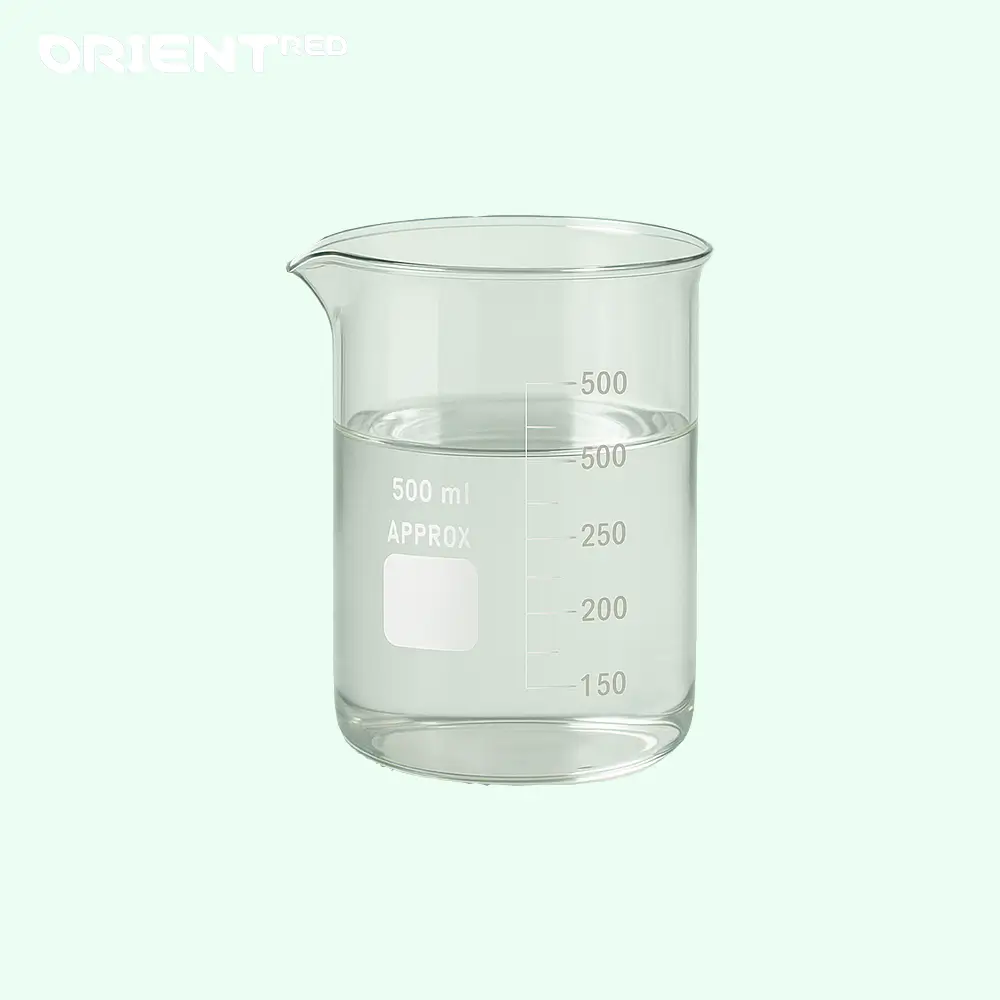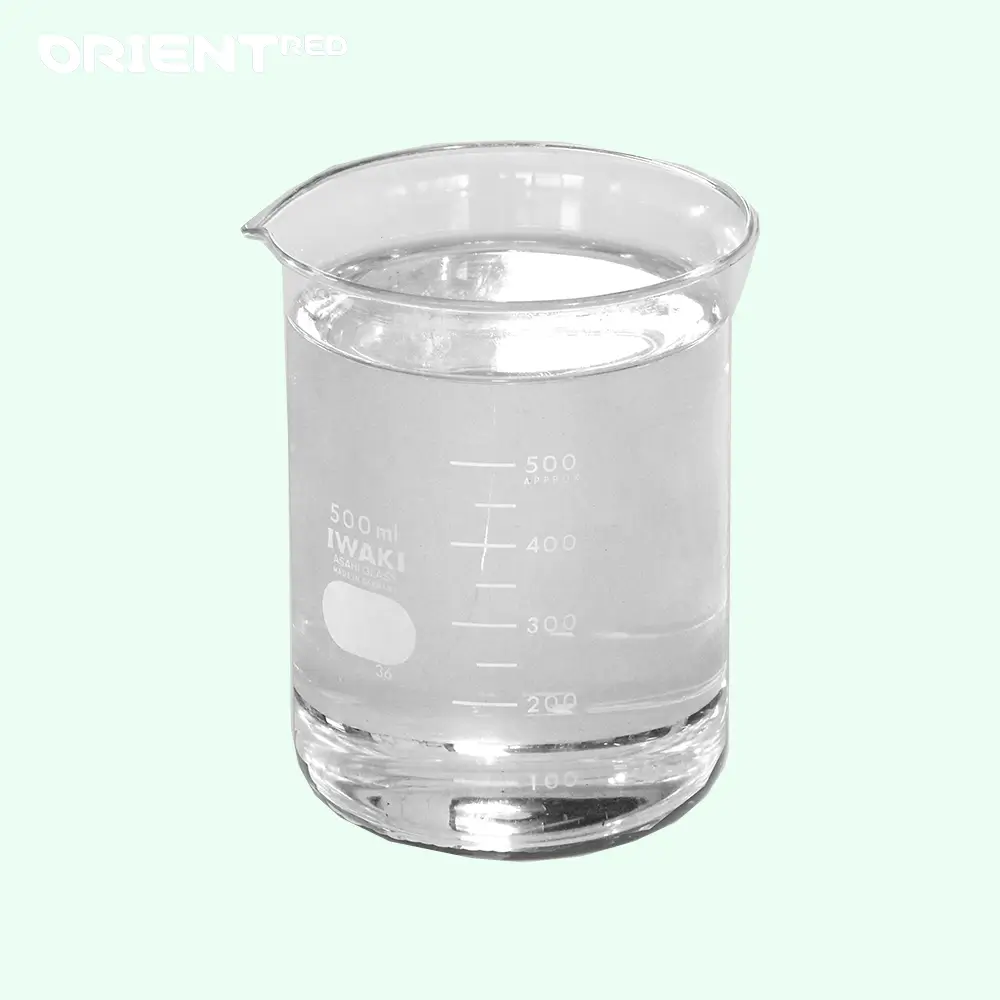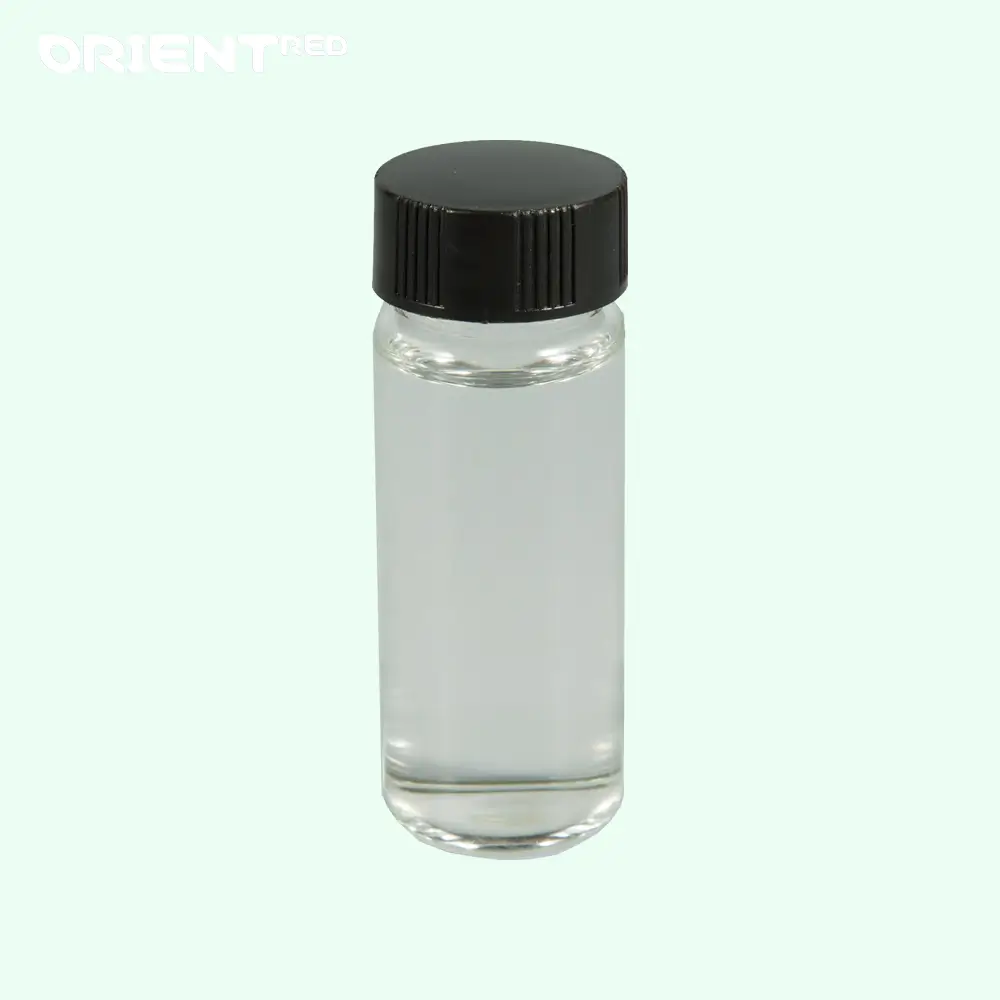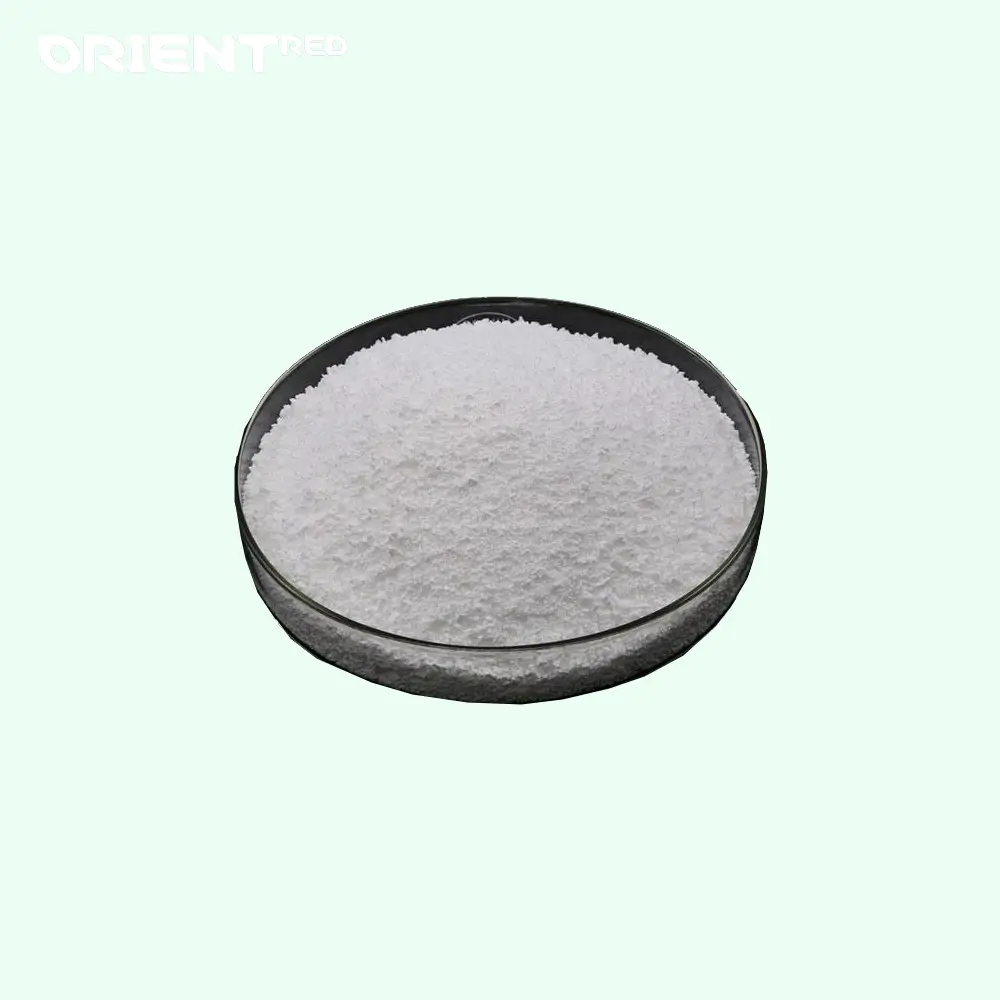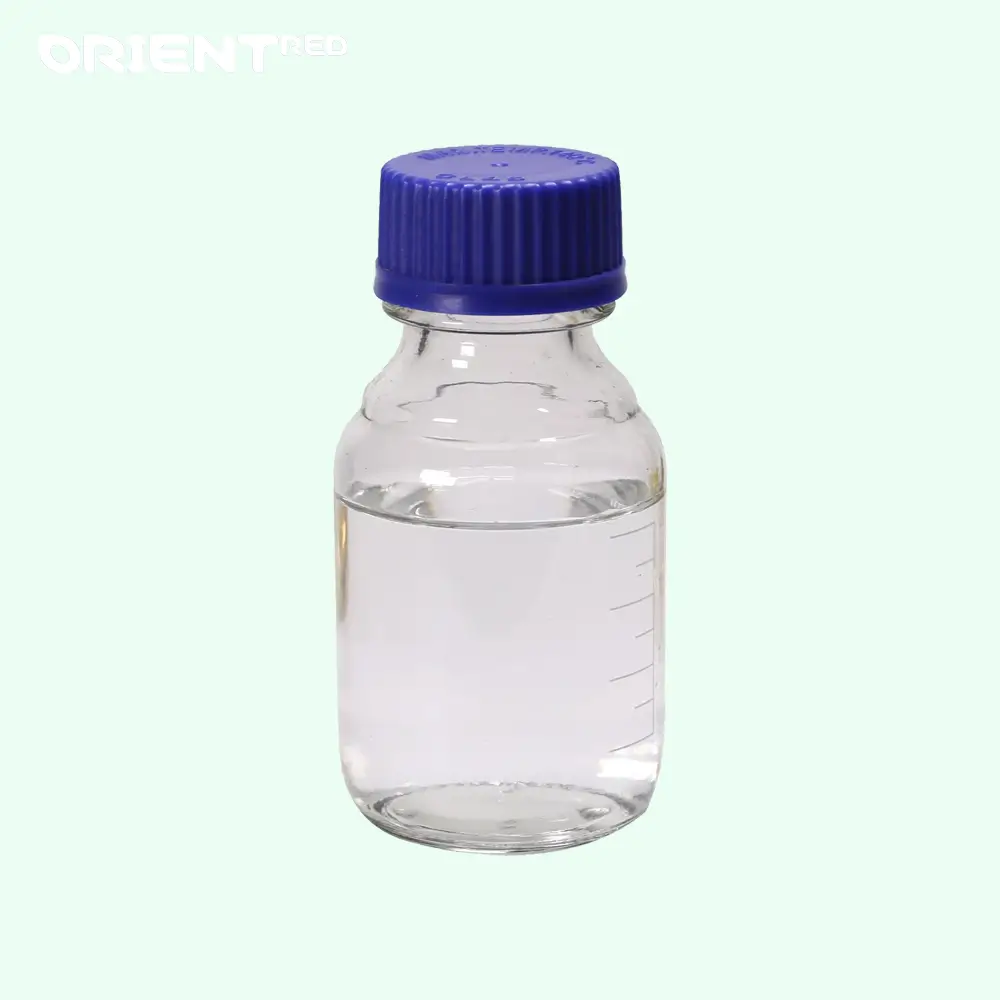1,2-Dichlorobenzene | CAS: 95-50-1
| Name | 1,2-Dichlorobenzene; Ortho-dichlorobenzene |
| CAS | 95-50-1 |
| Appearance | Colorless transparent liquid |
| Molecular Formula | C6H4Cl2 |
| Molecular Weight | 147 |
| Assay | ≥99% |
| Packing, Delivery | 250kg/drum; Delivery within 3-5 working days |
| Sample | Available |
| Payment | L/C, D/A, D/P, T/T, Other |
ORIENTRED is a leading manufacturer and supplier of 1,2-Dichlorobenzene (CAS No.: 95-50-1) in China, focusing on producing O-dichlorobenzene with high purity/assay.
- 1,2-Dichlorobenzene is of good quality and cheap price, and is produced in strict compliance with ISO9001, cGMP and other standards.
- We provide free samples, trial orders, bulk purchases of tons of Ortho-dichlorobenzene, procurement tiered pricing, and cost reduction 15%+.
- Open third-party testing and fast logistics services
Contact us now to get your exclusive quotation and COA sample.
1,2-Dichlorobenzene Basic Information, Physicochemical Properties, etc.
| Basic Information | |
| Name | 1,2-Dichlorobenzene (o-DCB) |
| Synonyms | o-DCB; Ortho-dichlorobenzene; 1,2-Dichlorobenzene,99+%,forHPLC;1,2-DICHLOROBENZENEEMSURE2,5L;1,2-DICHLOROBENZENEFORSYNTHESIS;1,2-DICHLOROBENZENEEMSURE1L;NSC60644;1,2-Dichlorobenzene,Anhydrous,SeptuM-SealedBottle,DriSolv(R);1.2-DICHLOROBENZENEHPLC/SPECTRO;1,2-Dichlorobenzene,SuperDry,J&KSeal |
| CAS Number | 95-50-1 |
| Molecular Formula | C6H4Cl2 |
| Molecular Weight | 147 |
| EINECS Number | 202-425-9 |
| Structural Formula |  |
| Physicochemical Properties | |
| Melting Point | -15 °C |
| Boiling Point | 179 °C |
| Density | 1.306 g/mL at 25 °C(lit.) |
| Refractive Index | n20/D 1.551 |
| Solubility | Miscible with ethanol, ether and benzene |
| Water Solubility | The solubility in water is 0.13 g/L (20 ºC) |
| Form | Liquid |
| Color | Colorless transparent |
| Explosive Limit | 2.2-12%(V) |
| Maximum Wavelength (λmax) | λ: 296 nm Amax: 1.00 λ: 300 nm Amax: 0.30 λ: 305 nm Amax: 0.20 λ: 335 nm Amax: 0.05 λ: 375-400 nm Amax: 0.01 |
| Safety and Regulatory Information | |
| Merck | 14,3056 |
| BRN | 606078 |
| NIST Chemical Substance Information | Benzene, 1,2-dichloro-(95-50-1) |
| EPA Chemical Substance Information | o-Dichlorobenzene (95-50-1) |
| Other Information | |
| Stability | Stable, but may be light sensitive. Flammable. Incompatible with oxidants, aluminum and aluminum alloys. Attacks some rubbers and plastics. |
1,2-Dichlorobenzene Application, Use, Usage, Synthesis Method, etc.
Uses
1. Industrial solvents
Coatings and resins: used for nitro spray paint, varnish, epoxy resin thinner, and solvents for wax, rubber, asphalt, tar, etc.
Metal processing: as a degreasing agent and rust inhibitor, it can remove carbon and lead from engine parts and remove metal coatings without corroding metals.
Polymer processing: used as a polymer wet spinning solvent to reduce fiber thermal shrinkage.
2. Chemical raw materials (pharmaceuticals, pesticides, dyes)
Pharmaceuticals: synthesize long-acting sulfonamides, chlorhexidine and other drug intermediates.
Pesticides: used to produce insecticides (such as trichlorobenzene, thiophene), fumigants, termite control agents, etc.
Dyes and pigments: manufacture vat blue CLB, CLG and high-grade pigments.
Organic synthesis: produce intermediates such as catechol, chlorofluoroaniline, 3,4-dichloroaniline, o-phenylenediamine, etc.
3. Other industrial applications
Heat exchange medium: used as a coolant or heat exchange fluid.
Gas treatment: remove sulfur from lighting gas.
Metal polishing: as a component of a polishing agent.
Preparation method
Method 1
Add 78 kg of benzene and 0.1 kg of catalyst (5, 10, 15, 20-tetraphenyl iron porphyrin) into the reaction device, introduce 145 kg of chlorine gas for reaction, the reaction temperature is 70-120 degrees, the reaction pressure is 1-4 atmospheres, and the reaction time is 2-7 hours.
Use an appropriate amount of water to absorb the hydrogen chloride gas generated by the reaction.
The solution after the reaction is distilled to obtain a mixture of chlorobenzene and o-dichlorobenzene. The mixture is washed with a sodium hydroxide solution with a mass concentration of 5%, dried, and then distilled to separate 135 kg of o-dichlorobenzene with a purity of 99.5% and a small amount of chlorobenzene.
The residue in the reactor is directly used for subsequent reactions, and the yield of o-dichlorobenzene is 98%.
Method 2
O-dichlorobenzene is prepared by the ferric chloride method. This method is to react nitrobenzene and ferric chloride in an acidic environment to generate o-dichlorobenzene. The specific operation steps are as follows:
(1) Add nitrobenzene and ferric chloride to dilute hydrochloric acid and stir until completely dissolved.
(2) Slowly add ferrous chloride using a dropping funnel while stirring continuously. The temperature is controlled between 20℃-30℃.
(3) After the reaction is completed, filter the precipitate and wash it repeatedly. Then wash it with water and dry it to obtain the product.
Method 3
Preparation of o-dichlorobenzene by the copper chloride method. This method involves reacting benzene and copper chloride in the presence of a catalyst to produce o-dichlorobenzene. The specific operation steps are as follows:
(1) In the presence of a catalyst, add copper chloride and benzene to the reactor and adjust the temperature to 90℃-105℃.
(2) Slowly add hydrogen chloride while stirring continuously. At the same time, control the feed rate and solubility of hydrogen chloride.
(3) After the reaction is completed, wash the precipitate with water and dry it to obtain the o-dichlorobenzene product.
Production method
It is made from a chlorobenzene byproduct and by a synthesis method.
Recovery of chlorobenzene byproduct. Whether chlorobenzene is produced by the liquid phase chlorination method or the gas phase oxychlorination method, dichlorobenzene is co-produced.
According to the actual demand, the chlorination process conditions can be changed to adjust the production ratio of monochlorobenzene and dichlorobenzene.
According to the current process control conditions and production situation of chlorobenzene, the ratio of chlorobenzene to dichlorobenzene is 30-35:1. The industrial method of separating o- and p-dichlorobenzene is There are mainly distillation and crystallization methods.
Obtained by diazotization and replacement of o-chloroaniline. Add o-chloroaniline and hydrochloric acid to the reaction pot and mix at below 25°C.
Cool to 0°C, drip sodium nitrite solution, maintain the temperature at 0-5°C, stop adding when the potassium iodide starch solution turns blue, and obtain diazonium salt solution.
Add to the hydrochloric acid solution of cuprous chloride at 0-5°C, stir and mix thoroughly, heat to 60-70°C, react for 1h, cool, stand and separate, wash the oil layer repeatedly with 5% sodium hydroxide and water, dehydrate and fractionate with anhydrous calcium chloride, Collect the fractions at 177-183℃ to obtain the finished product.
Ortho dichlorobenzene Packaging, Storage, Delivery, Transportation, etc.
Packing: 250kg fiber drum or Customer specified packaging
Storage: Store in a cool, ventilated warehouse. Keep away from fire and heat sources. Keep the container sealed. It should be stored separately from oxidants, aluminum, and edible chemicals, and should not be mixed. Shelf life: 12 months with a package.
Delivery: delivery within 3- 5 working days
Transportation: According to your needs
FAQ About ortho dichlorobenzene
Where to buy 1,2-dichlorobenzene? How much does it cost?
We recommend that you buy o-dichlorobenzene through ORIENTRED. Because we are direct sales, prices are transparent, quality is guaranteed, and delivery is fast.
Please feel free to contact us to get the latest 1,2-dichlorobenzene quotes.
What are the hazards of 1,2-dichlorobenzene to the human body?
O-dichlorobenzene is flammable, toxic, and irritating.
After inhaling 1,2-dichlorobenzene, respiratory irritation, headache, dizziness, anxiety, anesthesia, and unconsciousness occur.
Liquid o-dichlorobenzene and high-concentration o-dichlorobenzene vapor are irritating to the eyes and can be absorbed through the skin to cause poisoning, with symptoms similar to inhalation.
Oral administration causes gastrointestinal reactions.
Skin contact can cause erythema and edema.
What are the first aid measures for o-dichlorobenzene injury?
Skin contact: Immediately remove contaminated clothing and rinse the skin thoroughly with soap and water. See a doctor.
Eye contact: Lift the eyelids and rinse with running water or saline. Seek medical attention.
Inhalation: Move quickly away from the scene to a place with fresh air. Keep the airway open. If breathing is difficult, give oxygen. If breathing stops, perform artificial respiration immediately. Seek medical attention.
Ingestion: Drink plenty of warm water and induce vomiting. Seek medical attention.

